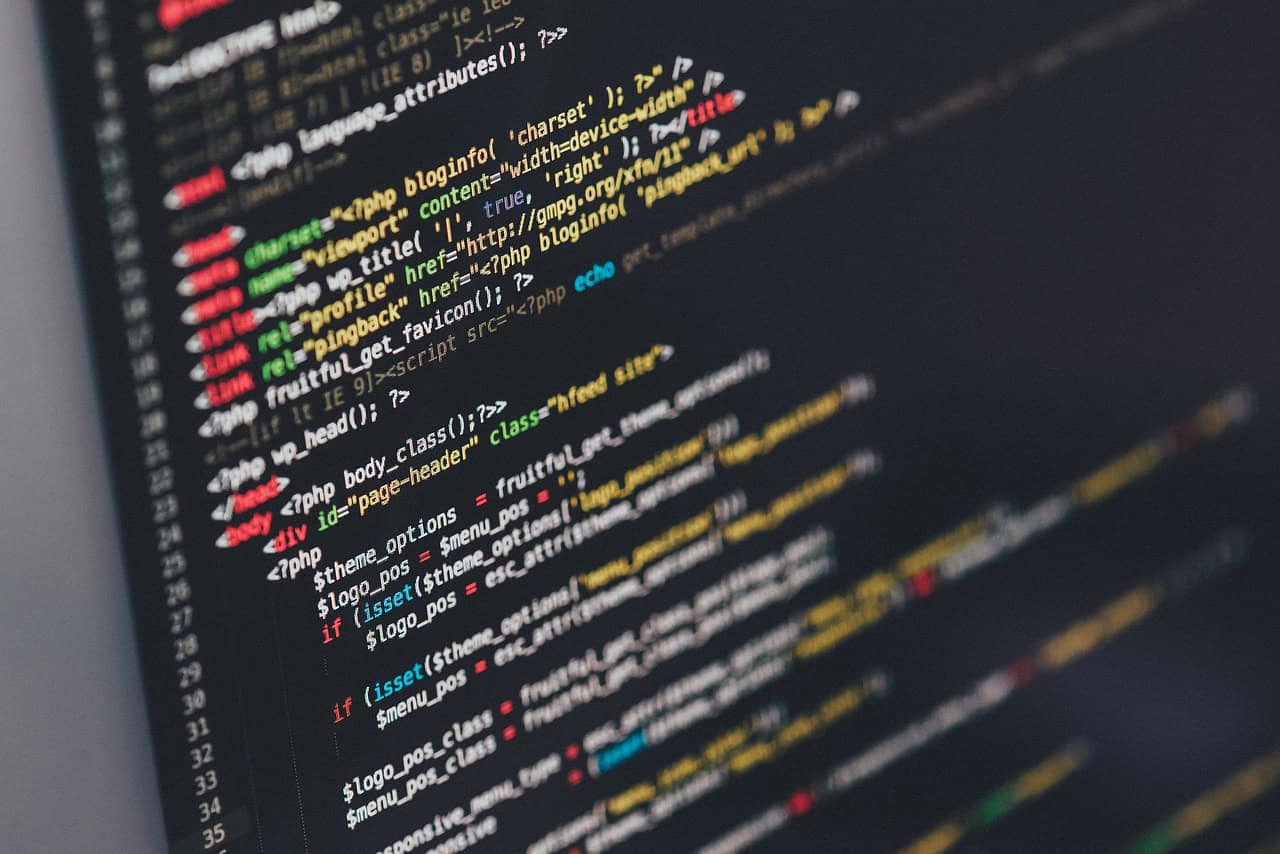Comprehensive Guide to Python Web Development for Beginners
Python is a versatile and popular programming language utilized for Python web development, known for its simplicity and rich ecosystem. This guide provides a detailed overview of Python web development, including the best frameworks, libraries, and essential tips for beginners.
What is Python Web Development?
Python web development involves crafting web applications and websites using the Python programming language. It encompasses writing server-side logic, managing data, handling HTTP requests, implementing business logic, and rendering dynamic content.
Why Use Python for Web Development?
- Versatility: Python’s high-level nature supports various applications, making it suitable for any skill level.
- Ecosystem: With a vast array of libraries and frameworks like Django, Flask, and Pyramid, Python simplifies the development process.
- Speed: Its clear and concise syntax enables developers to write efficient code quickly.
- Community: Python’s large, active community offers extensive learning resources, documentation, and support.
Choosing a Web Framework
Various frameworks cater to different project requirements. Here are some popular options:
Django
- Pros: Provides a comprehensive solution for complex web applications with built-in authentication, ORM, and admin interface.
- Cons: Can be overly complex for smaller projects.
Flask
- Pros: A lightweight framework perfect for small to medium applications, easy to learn and use.
- Cons: Requires more manual setup compared to Django.
Pyramid
- Pros: Flexible and minimalist, suitable for a wide range of applications.
- Cons: Requires more configuration compared to other frameworks.
Setting Up Your Development Environment
- Install Python: Download the latest version from the official Python website.
- Choose a Framework: Depending on your project needs, select Django or Flask for an excellent starting point.
- Set Up a Virtual Environment: Use
virtualenvorvenvto create a virtual environment that manages project-specific packages.
Best Practices for Python Web Development
- Testing and Debugging: Implement testing frameworks like
unittestorpytestto ensure code robustness. - Deployment: Familiarize yourself with deployment using tools like Docker and cloud platforms like AWS.
- API Design: Use frameworks like Flask-RESTful or Django REST framework for handling APIs effectively.
- Documentation: Maintain clear documentation using tools like Sphinx to facilitate collaboration and code understanding.
Learning Resources
- Official Documentation: The official Python documentation is a great starting point for learning.
- Tutorials and Guides: Websites like RealPython offer extensive tutorials and insights.
- Online Courses: Platforms like Coursera provide interactive courses on Python and web development.
- Communities and Forums: Engage with communities like Stack Overflow or Python subreddit for support and learning.
Conclusion
By exploring the vast landscape of Python web development, newcomers can leverage Python’s frameworks, libraries, and supportive community to build successful web applications. For an in-depth understanding, check out our article Unlock Your Potential: A Beginner’s Guide to Python Web Development and learn how to kickstart your journey.
Projects and Applications in Python Web Development
Key Projects
- Personal Blog Platform: Build a personal blog where users can create, edit, and delete posts using Flask. It allows the integration of user authentication and comments.
- To-Do List Application: Develop a simple to-do list app using Django to manage tasks with features like user accounts, task status updates, and priority levels.
- Online Store: Create an e-commerce site with Django, featuring product categories, a shopping cart, and order management functionality for a full-fledged online shopping experience.
Python Code Examples
Personal Blog Platform (Flask)
from flask import Flask, render_template
app = Flask(__name__)
@app.route('/')
def home():
return render_template('home.html')
if __name__ == '__main__':
app.run(debug=True)
To-Do List Application (Django)
from django.urls import path
from . import views
urlpatterns = [
path('', views.todo_list, name='todo_list'),
path('add/', views.add_todo, name='add_todo'),
]
Online Store (Django)
from django.db import models
class Product(models.Model):
name = models.CharField(max_length=100)
price = models.DecimalField(max_digits=10, decimal_places=2)
description = models.TextField()
def __str__(self):
return self.name
Real-World Applications
Python web development is pivotal in various real-world applications, including:
- E-commerce Platforms: Websites like Shopify utilize Python for backend development to manage transactions and user data efficiently.
- Social Media Websites: Platforms such as Instagram leverage Django for building dynamic content and user interactions.
- Data-driven Applications: Applications that consume and visualize data, such as data dashboards and analytics tools, commonly use Python for server-side logic and database management.
Next Steps
Now that you have a solid foundation in Python web development, consider diving deeper into specific frameworks. If you are interested in building robust applications, explore Django through our detailed guide on web development in Python. For those looking to work on smaller projects, Flask provides a great alternative. Experimenting with both frameworks will help you determine which suits your style and project needs best.
Additionally, familiarize yourself with best practices, such as effective testing and deployment strategies. Engaging with communities on platforms like Stack Overflow can also provide valuable insights and support as you progress in your coding journey. Don’t forget to continuously practice by building and deploying your own projects.
